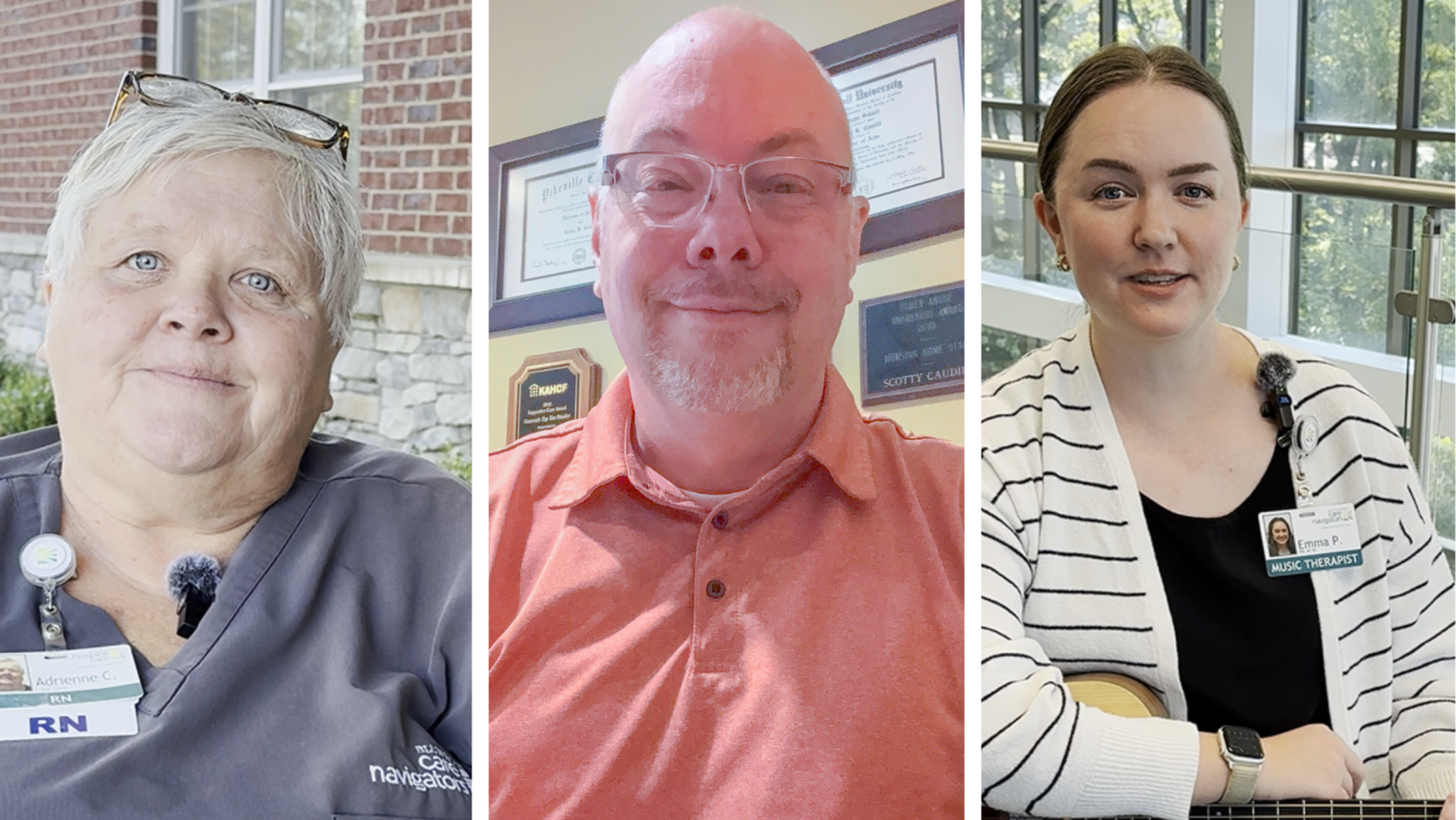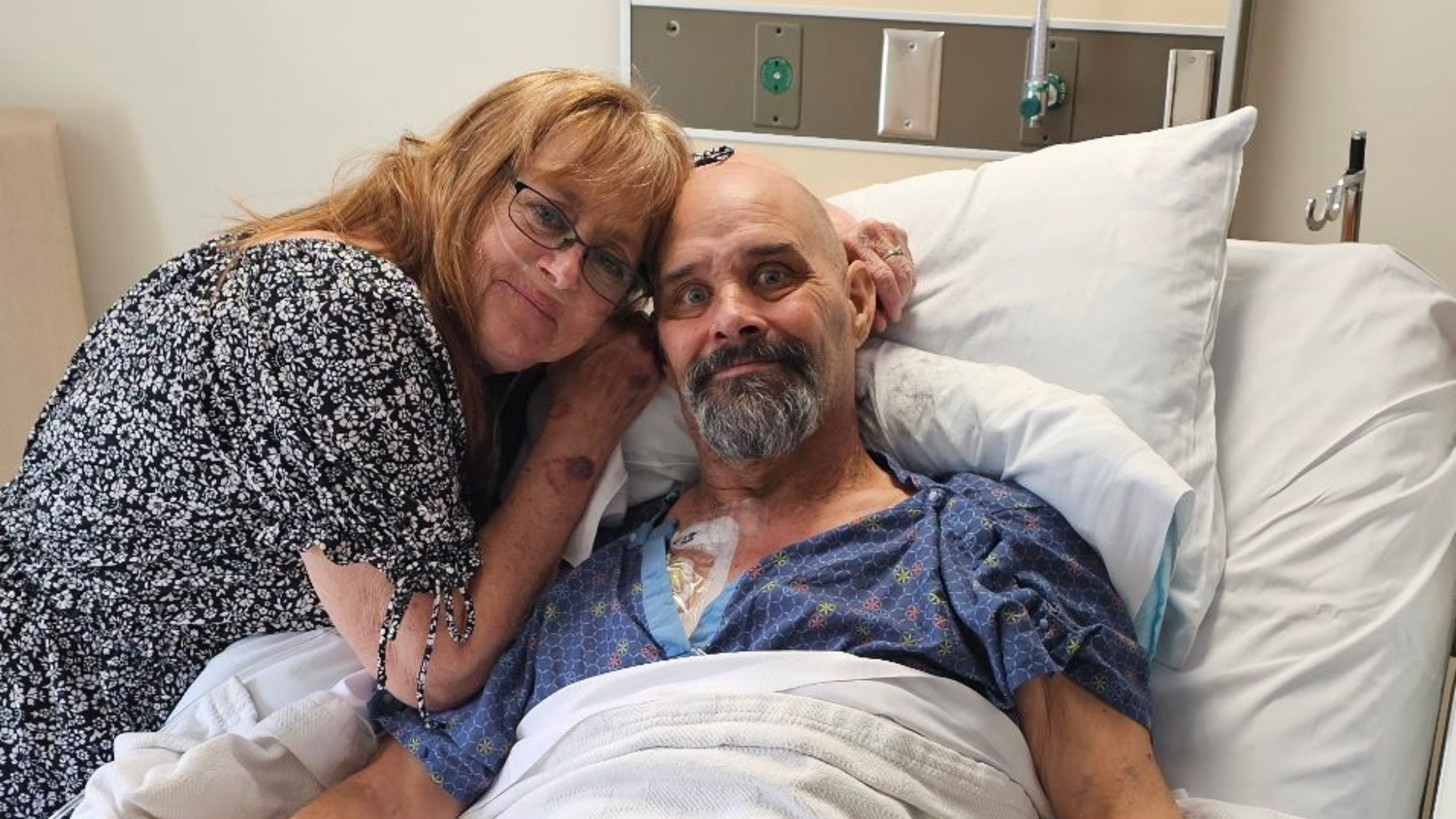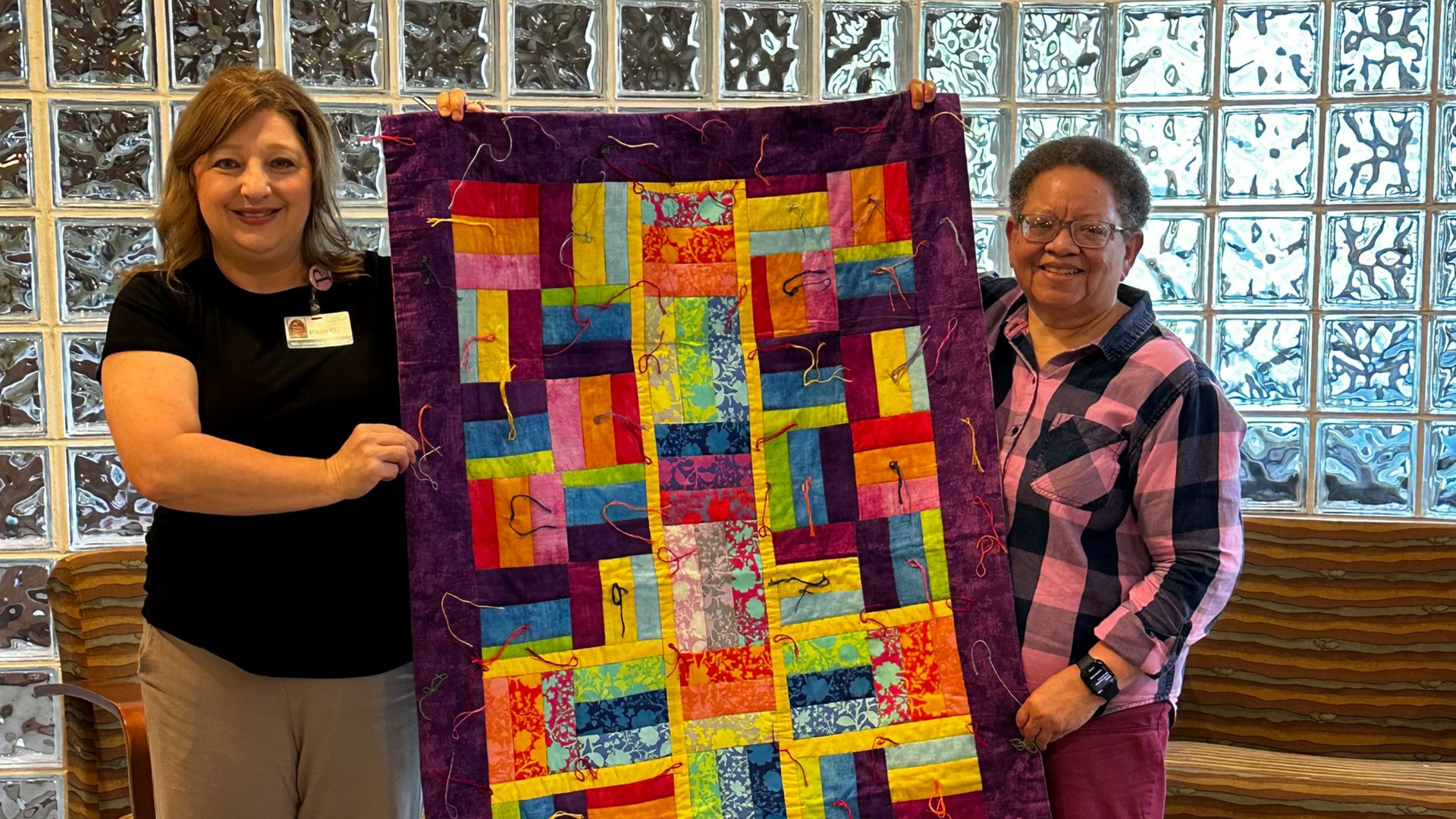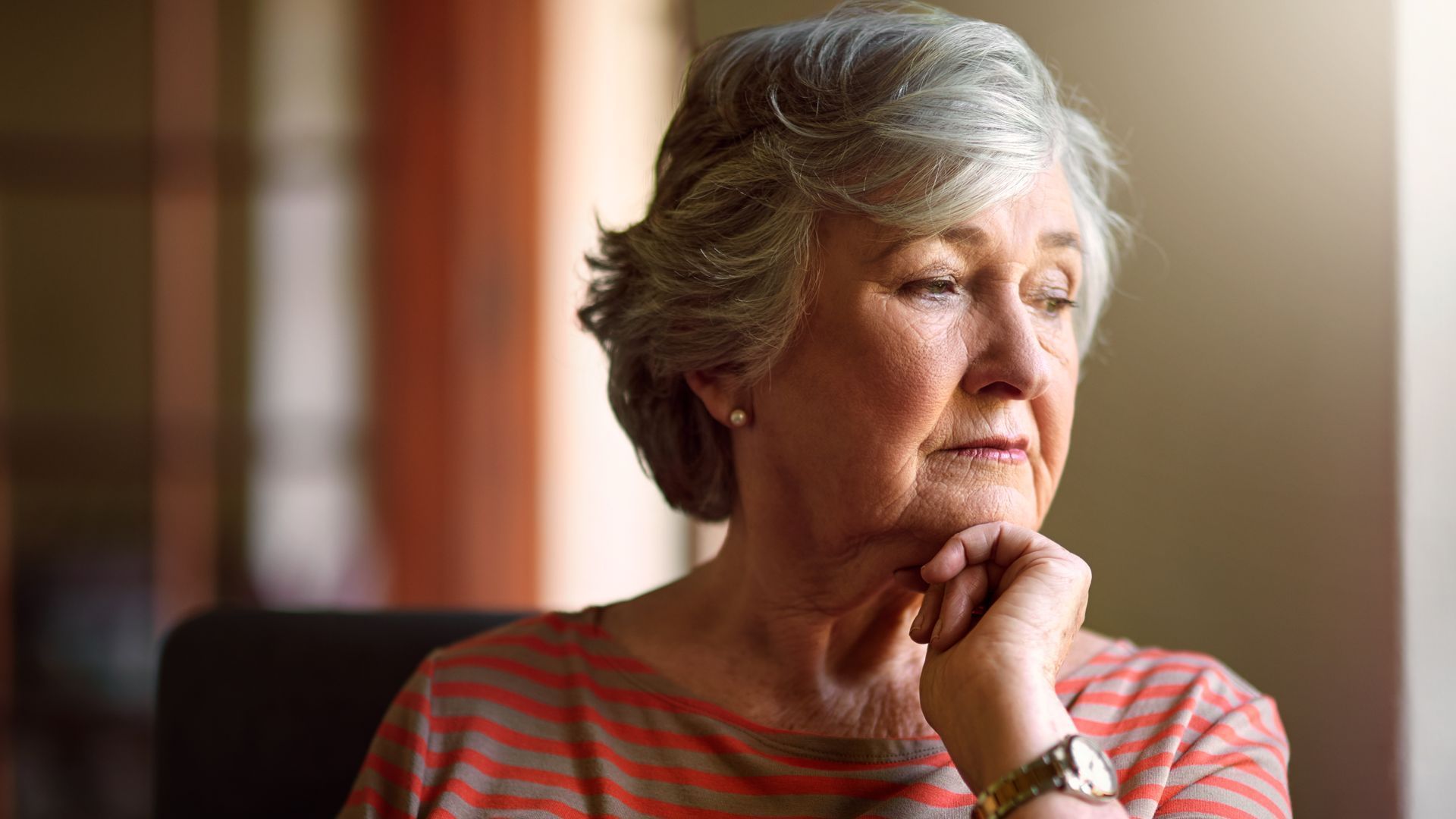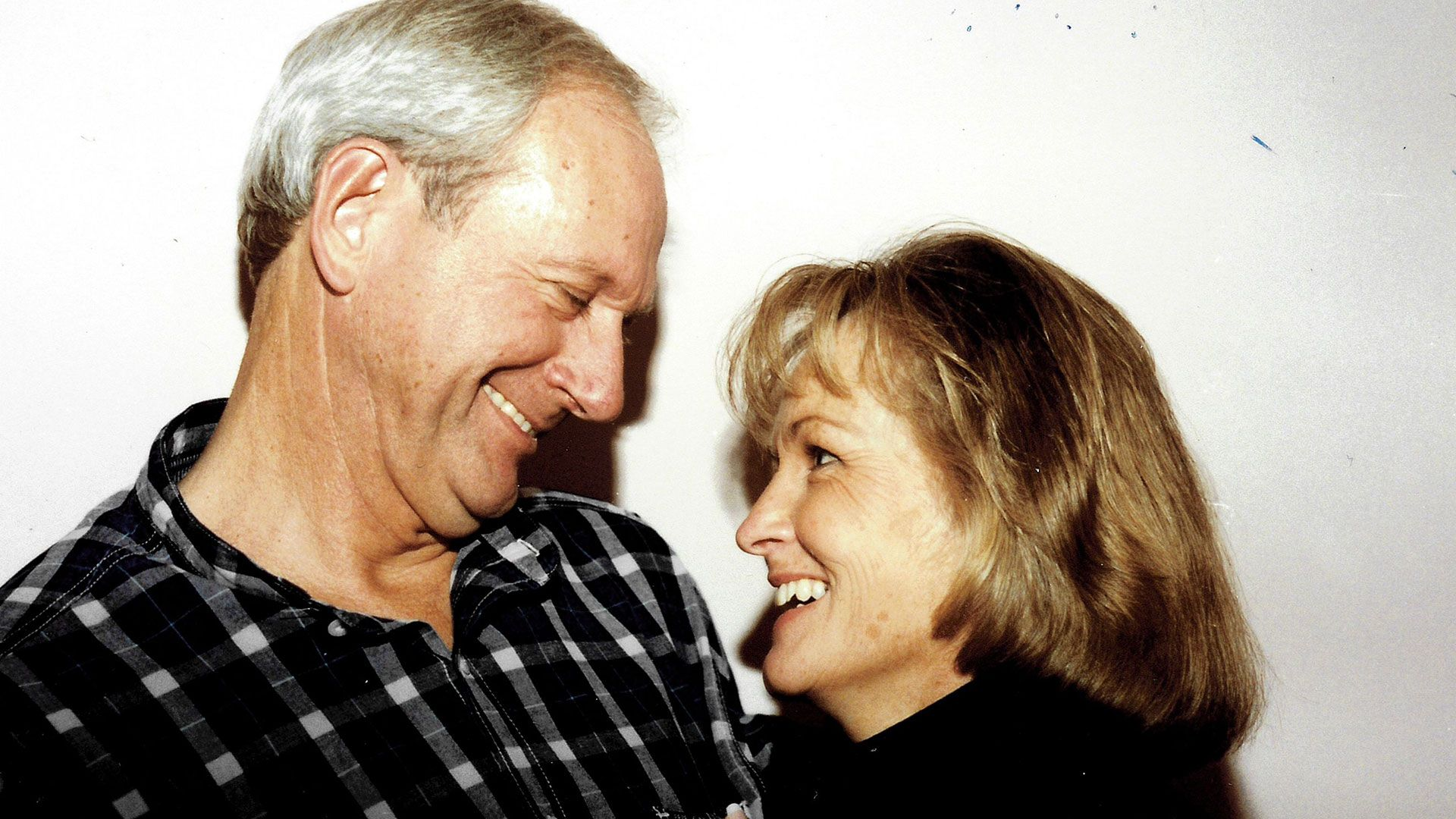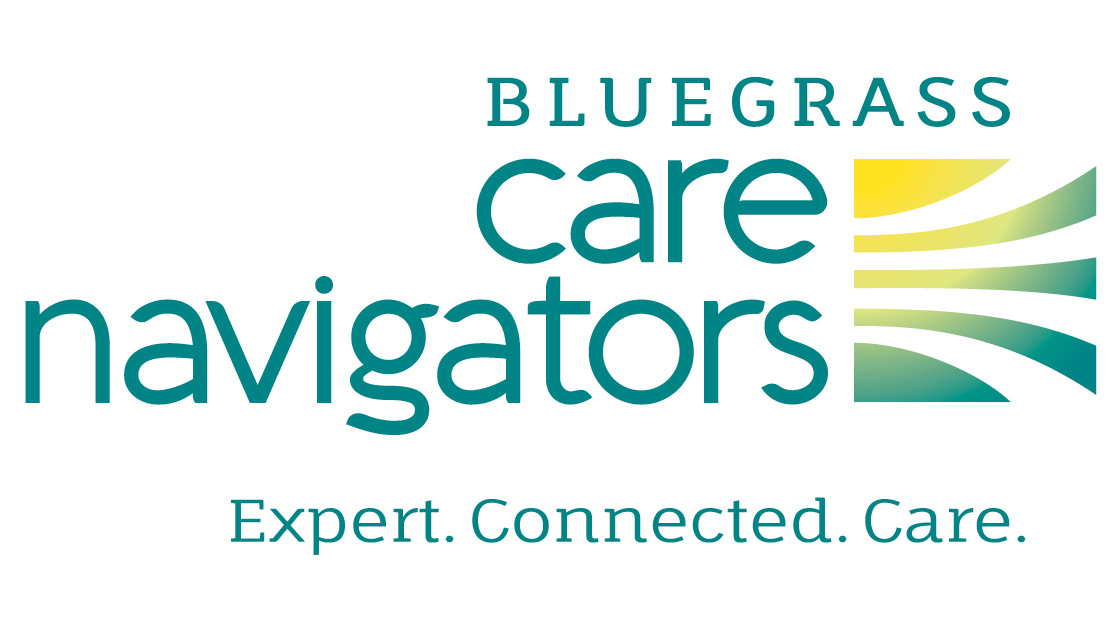Creating a Bright Path for Families
Wylie, 2, was diagnosed with Trisomy 18, a life-threatening chromosomal disorder that can cause serious developmental issues leading to various medical complications, causing Wylie to come home with a feeding tube and also develop heart failure within her first few months. Her next six months were spent with a care team from Bluegrass Hospice Care, who helped her family obtain the necessary medical equipment and navigate through many challenges. “Something that was really special at the end of her six months with hospice was that Wylie turned one, which is a very big deal with her diagnosis,” said Wylie’s mom, Karla. “Our hospice team helped coordinate with a team in Florida, so that we could take Wylie to our vacation spots for her first-year birthday celebration, which was so wonderful and special.”
Having reached this huge milestone, Wylie made the transition from hospice to our Bright Path program, a pediatric palliative care program that provides specialized medical care for infants, children, adolescents, and young adults who are living with a serious illness. “One of the first things that the Bright Path team helped us figure out was in-home nursing for Wylie. It has been so helpful having a nurse provide care for Wylie at home,” Karla said, “Without those nurses giving us some respite, it would have been really hard.”
Using a collaboration of care model, our Bright Path care team works with families to make a plan of care, identifying and treating symptoms, medication management, establishing goals of care and implementation, and fostering spiritual support and counseling. “Bright Path helped connect us with Pediatric Home Service who provides us with durable medical equipment. It’s been huge for us, and they have even shared tips on how to prime the pump faster, and about water traps in her oxygen line,” Karla said.
Our goal with Bright Path is to improve the quality of life of the family, by providing comfort to the child while building confidence with the caregiver through education and support.
During her time with Bright Path, Wylie has been able to experience the benefits of integrative medicine through our music therapy group, a six-week program designed specifically for Bright Path families. “I realized that Wylie hadn’t ever had that experience, nor the aspect of being with other kids her age. She loved it and loved music. I loved it and loved being able to see the other families. It was virtual, but even without COVID I’m not sure many other families would have been able to bring their children to an actual facility.” Bright Path also offers a support group specific for caregivers that Karla has participated in, focusing on coping with having a child with medically complex special needs. Karla shares, “We went through all these different ways of relieving stress. And it has continued to be really lifegiving and helpful.”
Bright Path families have access to our care team through a 24-hour call center for support and guidance. “We just have this general sense of knowing, like if we needed anything—if we were having trouble with anything - we could call Bright Path and it would be welcome,” Karla said. “I always have the sense when they ask, ‘What do you need? What can we do?’, that it’s so genuine. That gives us such wonderful reassurance.”
Bright Path has provided Karla and her family a new outlook on life: “I remember, right before we transitioned to Bright Path, there was something that shifted in my heart, and it was big. ‘Okay we are not preparing for Wylie’s death, she is not dying, she’s living,’ and to have a group that supports life with your child with an unknown future, I hope that people would be able to see that is huge.”
With the help of Bright Path, Wylie has been able to be at home this past year with no hospital admissions or outside appointments. “She’s growing and learning and developing. When you think your child is dying you sit beside them, and you wonder are we going to wake up today. But when you begin living, you shift your energies a little bit, and your focus,” Karla said, “And to those who’ve supported us, thank you is always too small. Your donation is not just helping the individual with the medical need, but the family—my whole family.”
Community support for Bright Path is vital to the program’s success. This important care is not typically covered by insurance. We never turn a patient in need away for the inability to pay, so your continued philanthropic contributions are crucial.
SPECIAL THANKS TO MAJOR SUPPORTERS:
WHAS Crusade for Children; Lexington-Fayette Urban County Government; and the Thomson R. Bryant, Jr. and Betty R. Bryant Fund.
